Section 1: The Need for Microgrids in the Northern Territory
The Northern Territory (NT) is home to some of Australia’s most remote communities, many of which face significant challenges in accessing reliable and affordable energy. Traditional energy infrastructure, such as centralized power grids, is often impractical or too expensive to deploy in these areas. To address this, the NT Government has turned to microgrids—localized energy systems that can operate independently or in conjunction with the main grid. These microgrids are powered by renewable energy sources like solar and battery storage, providing a sustainable and reliable energy solution for remote communities. According to the NT Government’s official website, microgrids are a key component of the territory’s strategy to achieve 50% renewable energy by 2030. For more detailed information, visit the NT Government’s renewable energy page: https://nt.gov.au/environment/renewable-energy.
Microgrids are particularly well-suited to the NT’s unique geography and climate. Many remote communities are located in areas with abundant sunlight, making solar energy an ideal power source. By combining solar panels with battery storage systems, these microgrids can provide a consistent energy supply, even during periods of low sunlight. The NT Government has also been working with local communities to ensure that these systems are tailored to their specific needs, fostering greater energy independence and resilience. For more information on the benefits of microgrids in remote communities, visit: https://nt.gov.au/environment/renewable-energy.
Section 2: Key Microgrid Projects and Their Impact
The NT Government has launched several innovative microgrid projects to bring reliable and sustainable energy to remote communities. One of the most notable initiatives is the Solar Energy Transformation Program (SETuP), which has installed solar panels and battery storage systems in over 30 remote communities. This program has significantly reduced reliance on diesel generators, lowering both energy costs and carbon emissions. According to the NT Government, SETuP has already saved communities millions of dollars in fuel costs while providing a more reliable energy supply. For more details on the SETuP program, visit: https://nt.gov.au/environment/renewable-energy.
Another key project is the Katherine Renewable Energy Hub, which combines solar energy with battery storage to power the town of Katherine and surrounding areas. This hub not only provides clean energy but also serves as a model for other communities looking to transition to renewable energy. The NT Government is also exploring the use of hydrogen energy in microgrids, which could further enhance energy reliability and sustainability. For more information on these projects, visit: https://nt.gov.au/environment/renewable-energy.
Section 3: The Future of Microgrids in the NT
The future of microgrids in the NT looks promising, with several new technologies and strategies on the horizon. One of the most exciting developments is the integration of artificial intelligence (AI) into microgrid management systems. AI can optimize energy production and consumption in real-time, ensuring that microgrids operate efficiently and reliably. The NT Government is also investing in community-owned renewable energy projects, where local residents can collectively own and manage microgrid assets. These projects not only empower communities but also create economic opportunities and strengthen energy resilience. For more information on the future of microgrids in the NT, visit: https://nt.gov.au/environment/renewable-energy.
Another trend to watch is the use of blockchain technology for peer-to-peer energy trading within microgrids. This allows residents to buy and sell excess energy directly with their neighbors, reducing reliance on external energy sources and enhancing local energy security. The NT Government is currently trialing blockchain-based energy trading platforms in several communities, with plans to expand these initiatives in the coming years. For more details on these future trends, visit: https://nt.gov.au/environment/renewable-energy.

Solar Financing with Fundd and Solar Superstore: Your Path to Affordable Solar


Switching to solar has never been easier with Solar Superstore and Fundd. Together, we offer flexible and accessible financing solutions tailored to your needs, helping you power your home with renewable energy without the upfront cost. Fundd's innovative solar financing options enable you to spread payments over time, while Solar Superstore provides high-quality solar panels, inverters, and battery systems at competitive prices.
With this partnership, you can enjoy lower energy bills, increased energy independence, and a smaller carbon footprint—starting today. Whether you're upgrading your existing solar setup or going solar for the first time, Solar Superstore and Fundd are here to make renewable energy affordable and hassle-free.
Click here and start saving today!
Shop Solar at Solar Superstore


Get top-quality solar panels, inverters, and batteries at unbeatable prices. Compare trusted brands, enjoy fast delivery, and power your home sustainably. Solar Superstore makes going green easy and affordable.
Click here and save!
